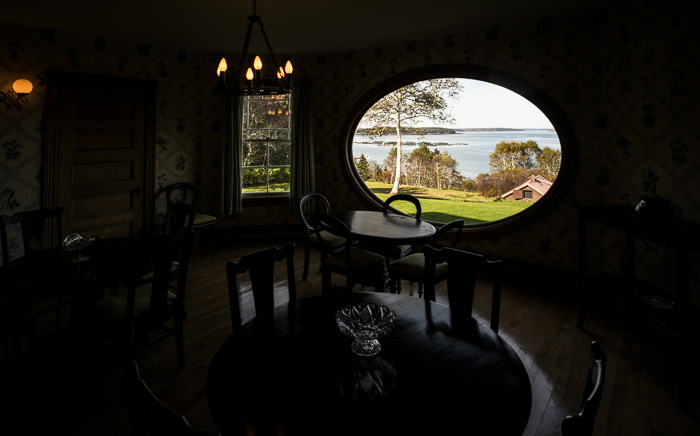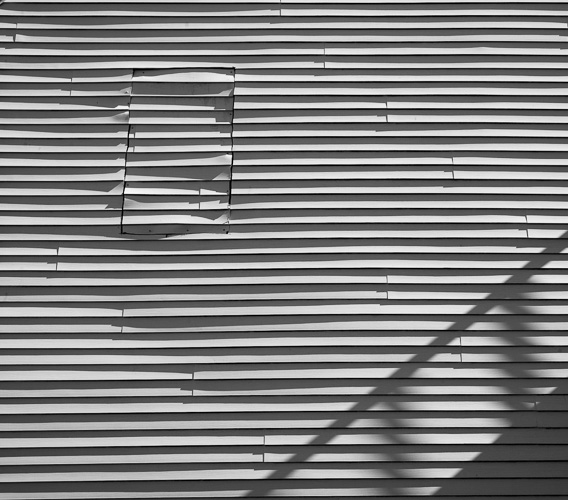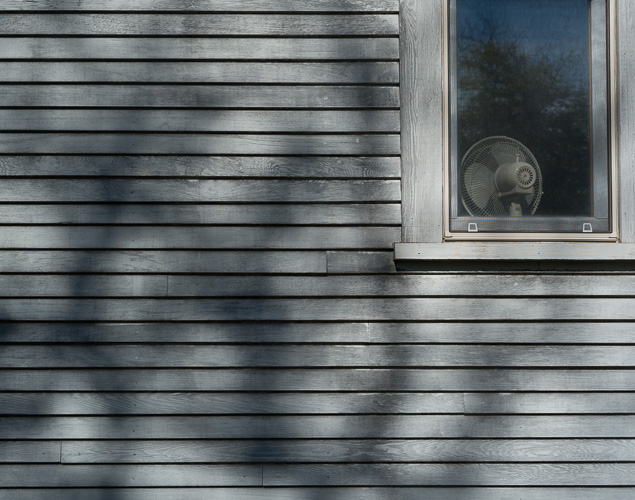A case study When I was on Campobello Island, I was able to visit a “cottage” right next to FDR’s 34-room one. One of the remarkable things about the dining room was the picture window, and, of course, the view. Here’s an image made with the 18mm Super-Elmar, f/5.6 @ 1/180, ISO 200, exposed for… [Read More]
Archives for October 20, 2013
Traveling with the Leica M240, part 6
Size and weight One eternal virtue for a travel camera is small size and light weight. The M240 is smallish by DSLR standards, and the lenses are much smaller than the best-performing DSLR lenses. Weight is not so clear-cut. An M240 with strap, battery, SD card, RRS grip and plate, 18mm Super-Elmar, hood, lens cap,… [Read More]
Traveling with the Leica M240, part 5
Ray-angle problems Because of the short flange distance of the M-series Leicas, there have been difficulties with situations where the light from the lens intercepts the sensor at angles greatly different from ninety degrees. This occurs at the edges (normally mostly the short edge) and corners of the image, and can be pronounced for short… [Read More]
Traveling with the Leica M240, part 4
Frame lines The finder frame lines in the M240 are illuminated from within the camera, rather than from a window cut into it. That means that they don’t dim when a shadow falls over the window. Good. That means that they can be white or red (I like red). Also good. That also means that… [Read More]
Traveling with the Leica M240, part 3
Moire I’ve been making images for a year with the D800E, and moire is almost never a problem. With no anti-aliasing filter, cameras like the D800E and the M240 tend to have more moire as the pixels get larger and the lenses get sharper. The M240 has a 6 micron pixel pitch compared to the… [Read More]




